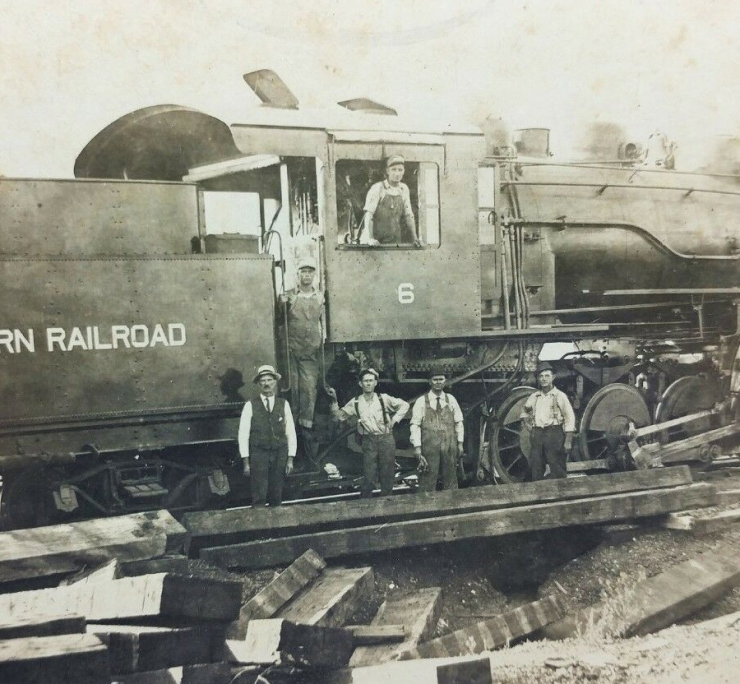
With approximately 30 miles of mainline track, We serve various industries like chemicals, petroleum, metals, and manufacturing. As a subsidiary of Union Pacific Railroad, we benefit from a vast transportation network, including easy access to four Interstate highways, various river ports, and six Class-1 railroads, ensuring seamless connections nationwide. We prioritize safety, efficiency, and environmental stewardship, continuously investing in infrastructure and technology, and are committed to providing reliable services through its Union Pacific partnership.
Because of our size, we’re able to provide a personal touch that is increasingly harder to come across. When you contact us, you’ll talk directly with one of our responsive team members who will do what it takes to ensure an efficient, accurate, and cost-effective delivery.






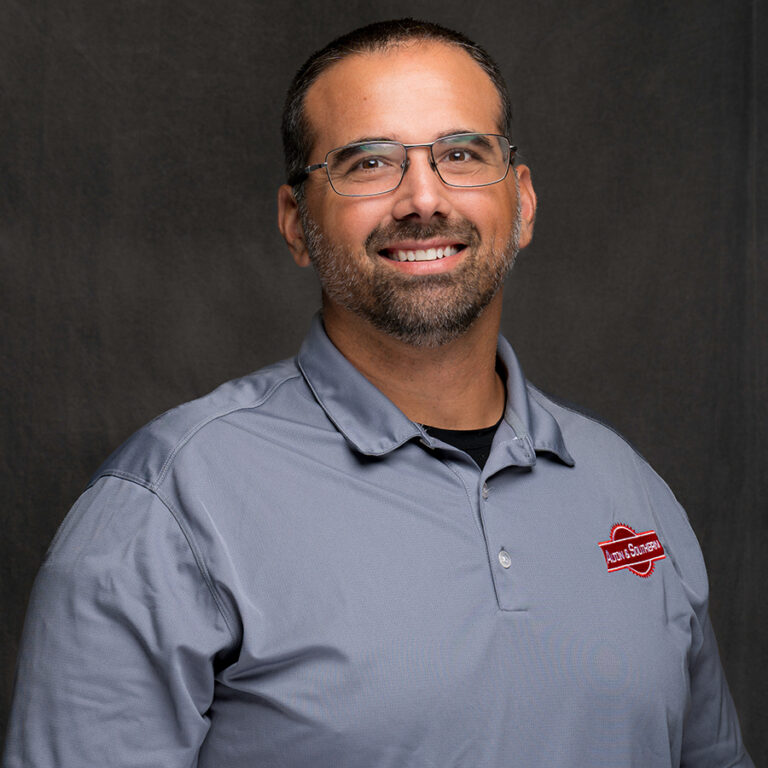

The Alton & Southern Railway Company is a wholly owned subsidiary of Union Pacific. Open job postings are listed on the Union Pacific Jobs website. Please follow the link below.
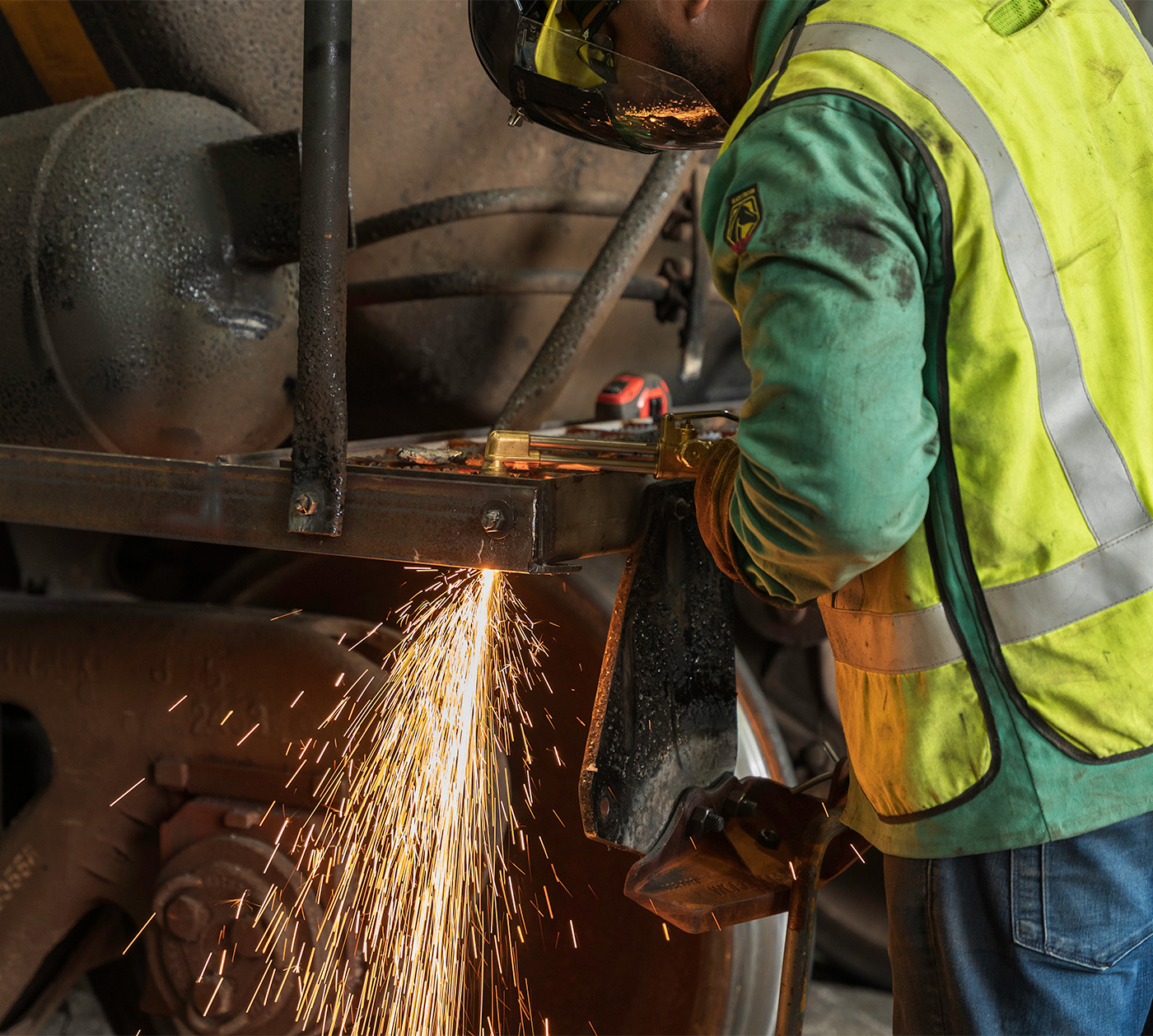
When the Aluminum Company of East St. Louis became dissatisfied with the service it was receiving from the Southern Railway in 1910, it built its own line to provide a second source of raw materials and coal. Thus was created The Alton & Southern Railroad Company. The original line was built between the Southern Railway at the aluminum plant in Alorton and a new connection with the nearby St. Louis & Belleville Electric.p> Soon, the decision was made to extend the line to provide more connections to haul bauxite to the plant from the south. The Denverside Connecting Railway Company was incorporated on November 23, 1910, to construct and operate a railroad from the Aluminum Company of East St. Louis plant to the Illinois Central at Valley Junction and the east bank of the Mississippi River at what today is the Fox Terminal.
The Denverside Connecting Railroad’s charter permitted it to build only as far as a connection with the StL&BE, so further expansion required the creation of a third railroad. This third railroad, The Alton & Southern Railway (different from the 1910 A&S Railroad Company), was incorporated on November 1, 1911, and was intended to run from the Mississippi River to interchange with the St. Louis & O’Fallon, a short line built at the suggestion of the city of St. Louis to provide an additional outlet for freight. The StL&O’F right of way paralleled the present Metrolink eastern extension at St. Clair Avenue.
The Aluminum Company management had bigger plans; their small operation flourished, and they pushed ahead with more expansion. On August 1, 1913, The Alton & Southern Railroad was incorporated to take over the A&S Railroad Company, Denverside Connecting and A&S Railway and extend the railroad into Madison County. The next goal was to reach the Chicago, Peoria & St. Louis (later the Litchfield & Madison and Chicago & North Western), but the Pennsylvania Railroad stood in the way. After a two-year court battle, the Alton & Southern was allowed to build across the PRR at the location currently known as HN Cabin. Northward construction stalled once again as World War I brought the railroads under federal control. During the war, the A&S used the engine facilities at Valley Yard. Under federal control, the A&S proved its usefulness as a belt line, and shippers were encouraged to route their traffic over the A&S. After the war, the railroad resumed its northward expansion. In 1924, A&S built two miles to the St. Louis area, Springfield & Peoria (C&NW) railroad connection near today’s Granite City Steel Plant.
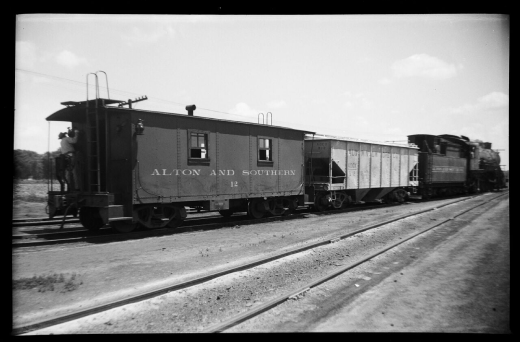
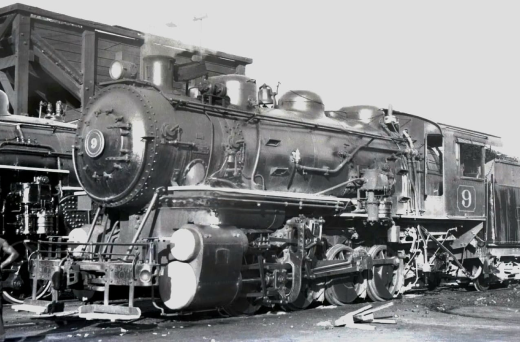
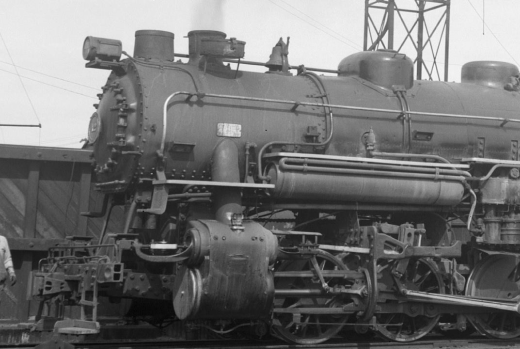
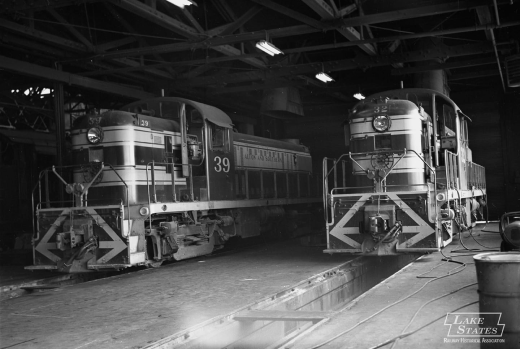
The A&S also leased the neighboring St. Louis & Ohio River short line, which gave the railroad its own engine facility. In 1925, the last four miles of the A&S were built to Mitchell, Illinois, and connections were established with the Wabash, Chicago & Eastern Illinois, Big Four and Chicago & Alton at what is now known as Lenox Tower. On November 3, 1925, the first were interchanged to the Wabash, completing Alton & Southern’s northward expansion. The A&S carried on until World War II, when it was again placed under federal control and was an asset in moving wartime traffic and keeping the St. Louis terminal fluid.
In the 1960’s, the Aluminum Company, now Alcoa, planned to turn the A&S into a major terminal railroad, building a hump and expanding its Gateway Yard. By 1966, Alcoa put the railroad up for sale when it closed the East St. Louis plant. The St. Louis Southwestern (Cotton Belt) attempted to but the A&S, but the ICC would not allow a single carrier to purchase it.
In 1968, the Missouri Pacific and Chicago & North Western purchased the line jointly. With the change in ownership, the colors and herald reflected the line’s new owners. The locomotive cabs were painted MoPac blue and the hoods C&NW yellow, while the herald was combination of the MoPac buzzsaw over the C&NW bar herald.
In 1972, the North Western was in financial trouble, and offered their half of the railroad for sale. The SSW bought C&NW’s share, which allowed Cotton Belt crews to run directly to and from Gateway Yard. The Missouri Pacific portion remained unchanged until MP merged with Union Pacific in 1982. UP gained complete control of the railroad after absorbing Southern Pacific and Cotton Belt in 1996, but under UP ownership, the Alton & Southern is still an autonomous company with all its own board of directors, legally separate from the Union Pacific.
Today’s Alton & Southern Railway is a vital transportation artery. Up to 48 trains a day originate or terminate in Gateway Yard, with an average of 2100 cars humped and more than 3500 cars classified each day. Something is always moving, with ten crews working each of three shifts, moving a massive amount of traffic every day.
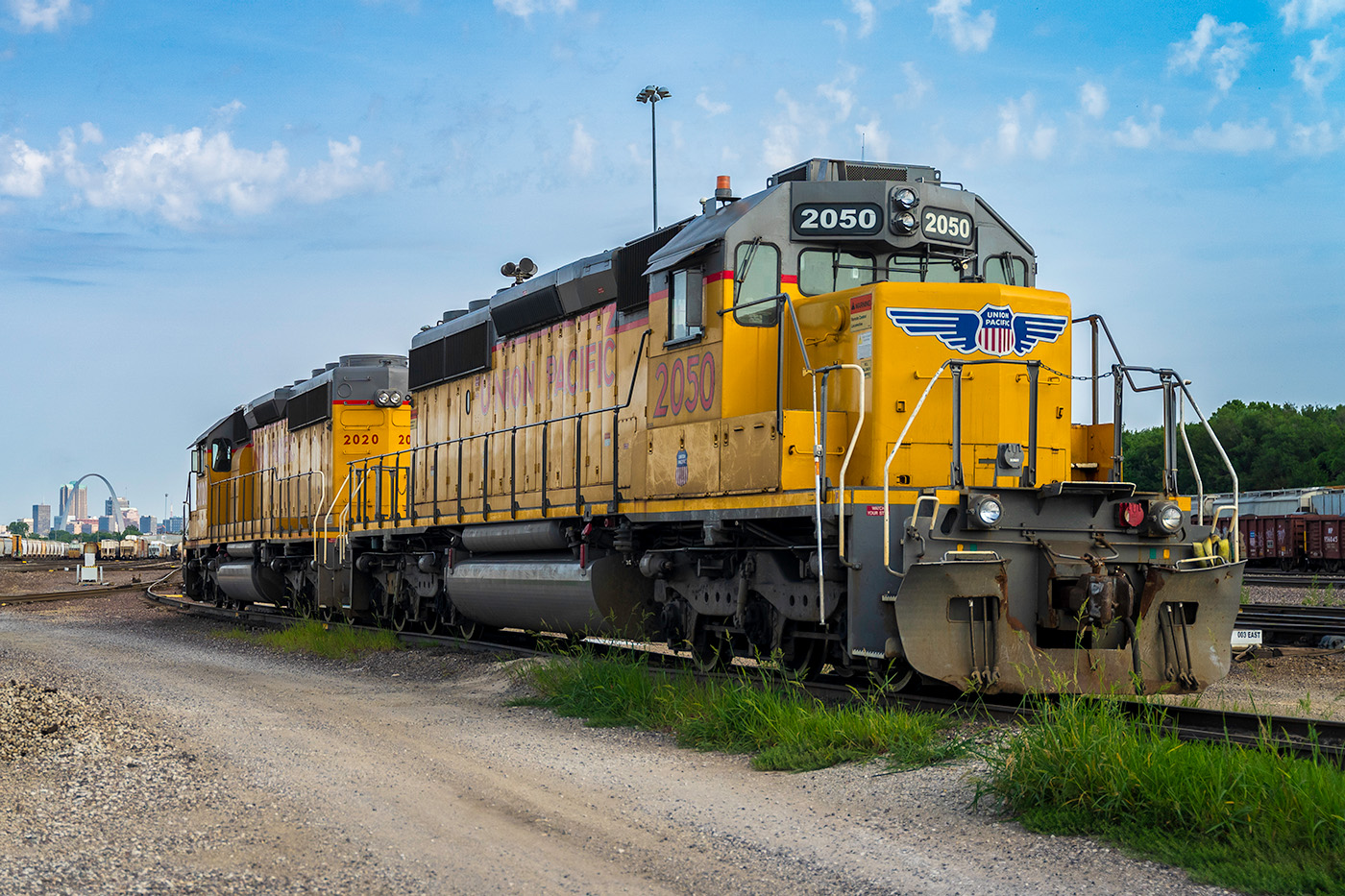
Today, Alton & Southern is alive and well under the ownership of Union Pacific Railroad, but with its own unique leadership and capabilities. Alton & Southern Rail looks forward to the next 100 years providing its customers with excellent service.
Need to know something about Alton & Southern? Find answers to the most commonly asked questions in our FAQ Knowledge Base.
We’re here to get you and your freight on track.
Contact us for a quote and delivery estimate today!